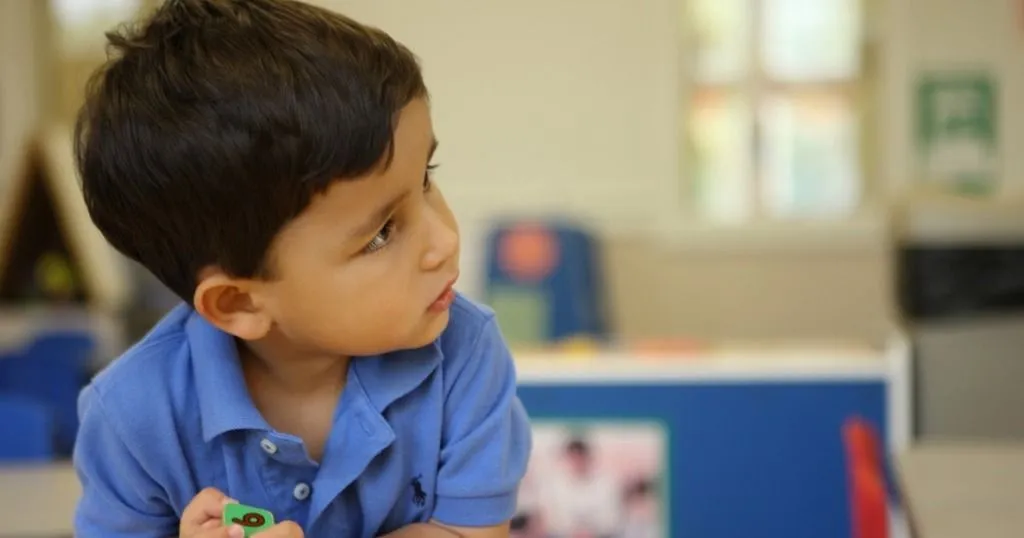Friends with benefits - sociosexuality under investigation
Penke and Asendorpf (2008) used a large online study and a detailed behavioral assessment to investigate sociosexual behavior.
Posted by
Published on
Wed 27 Jun. 2012
Topics
| Coding Schemes | Social Behavior Research | Social Communication | Social Interaction | The Observer XT |

Over 60 years ago, Kinsey (1948 and 1953) introduced the term sociosexuality to describe the individual differences in people’s willingness to engage in uncommitted sexual relationships. In other words, are there differences between women in committed relationships versus single women? And which individuals are more restricted (or unrestricted) in their behavior?
Having casual sex isn’t everybody’s cup of tea
These days, ‘friends with benefits’ is a common term to describe an uncommitted sexual relationship.
Do you or don’t you engage in sexual activities with a friend or acquaintance without the emotional ties typically associated with a committed relationship. How do people act when confronted with somebody who could be a sexual contact, restricted or unrestricted?
Penke and Asendorf (2008) looked into this orientation behavior. Their aim was to look for underlying psychological mechanisms and to describe these processes so they can be of help in future research. In short, they looked into three facets of sociosexuality:
behavior, desire, and attitude
and made use of the revised Sociosexual Orientation Inventory (SOI-R). Their study supported their thought that global sociosexuality is not a unitary construct but has different components that make unique contributions to the understanding of sociosexual orientations.
Looking at past behavior, attitude towards uncommitted sex, and sociosexual desire
They named three meaningful components: past behavior experiences, the attitude towards uncommitted sex, and sociosexual desire. You can imagine that past behavior experiences greatly influence your attitude towards uncommitted sexual relationships.
Penke and Asendorpf (2008) used a large online study and a detailed behavioral assessment to investigate sociosexual behavior. For the behavioral assessment, they developed a detailed coding scheme and used The Observer XT to code behaviors in a structured way. The coding scheme determines what data can be collected because in it behaviors are described.
Penke and Asendorf for example coded behaviors of the participants within the first three minutes of the confrontation. They coded ‘gazing at the confederate’s face’, ‘speaking’, ‘smiling’, ‘laughing’, and more behaviors which they thought defined contact readiness and flirtatious behavior. This is another example of why a coding scheme is an essential part of a behavioral study. Setting up a coding scheme is not as straightforward as it may seem; it often requires quite some thinking to define the ideal coding scheme.
Learn more
You can read their results and discussion in their publication and learn more about sociosexual orientation on Wikipedia.
References
- Penke, L.; Asendorf, J.B. (2008). Beyond global sociosexual orientations: a more differentiated look at sociosexuality and its effects on courtship and romantic relationships. Journal of Personality and Social Psychology, 95 (5), 1113-1135.
- Kinsey, A. C., Pomeroy, W. B., & Martin, C. E. (1948). Sexual behavior in the human male. Philadelphia: Saunders.
- Kinsey, A. C., Pomeroy, W. B., Martin, C. E., & Gebhard, P. H. (1953). Sexual behavior in the human female. Philadelphia: Saunders.
Related Posts

Physiological and behavioral analysis: coping with stress

Facial mimicry and social cognition in children with autism spectrum disorder

